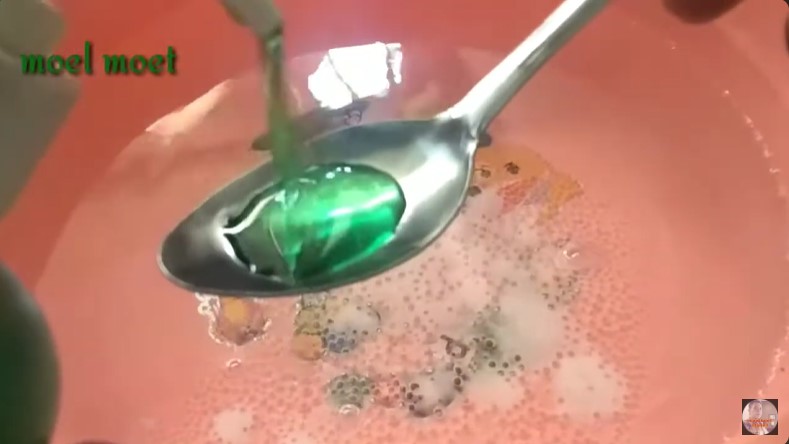foto: YouTube/Moel moet
Brilio.net - Towels are generally made from cloth fibers that are thick enough to absorb water quickly. In fact, it is not uncommon for towels to be made using certain technology, so that the fabric fibers feel very soft when they come into contact with the skin.
However, whatever type of towel, it is important to wash it regularly so that the towel is always clean and hygienic. The reason is, if you rarely clean them, your towels might turn dirty , you know. Towels that are dirty will definitely be difficult to restore to shine again.
That's why many people choose to wash towels by soaking them in a citrus solution. Citrus or citric acid has a high enough acid content to help remove stains on fabric. However, if you don't want to use citrus, don't worry because there is one more trick from YouTube account user Moel moet.
The man on the Moel Moet YouTube account is known to have a laundry business, so he really understands tricks for getting rid of stains, such as stains that cause dirty towels. So, instead of using citrus, he claims to have three kitchen ingredients that can be added when washing towels.
How to wash dirty towels full of stains.
The first thing that must be prepared is 1 basin of hot water. Then, add baking soda, vinegar and dish soap to the hot water. You can use just 2 tablespoons for each ingredient. Yup, baking soda, vinegar and dish soap are the basic kitchen ingredients for practicing this dirty towel washing trick.
It doesn't stop there, the owner of the YouTube account Moel Moet also added 2 tablespoons of lye or alkalite liquid. This material can be purchased at e-commerce or shops that specialize in selling laundry materials. After all the ingredients have been added to the hot water, stir until smooth.

photo: YouTube/Moel moet
Dip an old toothbrush into the cleaning agent mixture, then apply it to the dirty area of the towel while brushing lightly. After that, soak the towel in the cleaning agent mixture. Let the towel soak until the water is no longer hot.
"We leave it until the water is cold or approximately 20 minutes," emphasized the owner of the YouTube account Moel Moet, quoted by BrilioFood on Tuesday (23/4).

photo: YouTube/Moel moet
After soaking, remove and rinse the towel until there is no more cleanser left. Finally, dry the towel in the sun or dry it, then the towel is ready to be used again.

photo: YouTube/Moel moet
How, it's really easy to wash dirty towels full of stains, isn't it? Taking a peek at Moel Moet's YouTube upload, apart from receiving lots of enthusiastic comments from other netizens, this video has also been watched more than 5,000 times, you know.
How to store baking soda so it doesn't clump.
Baking soda that is stored in an inappropriate area can clump. Signs that baking soda is clumping can usually be seen from the difficulty of removing this material from the bottle. However, from now on there is no need to make mistakes when storing baking soda because you can follow the method below.
1. Store in an airtight container.
Use an airtight container, such as a glass jar or tight-fitting plastic container, to avoid exposure to humidity in the air which can cause the baking soda to clump.
2. Add moisture absorbing items.
Place a moisture-absorbing object, such as a silica gel sachet, in the container along with the baking soda. These moisture-absorbing items will help keep the humidity in the container low.
3. Maintain storage temperature.
Make sure the baking soda storage area is at a dry and stable temperature. Avoid storing it in a damp place or exposed to direct heat.
4. Use a dry spoon.
When taking baking soda from a container, make sure the spoon or measuring tool used is dry. The water content in baking soda can speed up the formation of lumps.
(brl/tin)